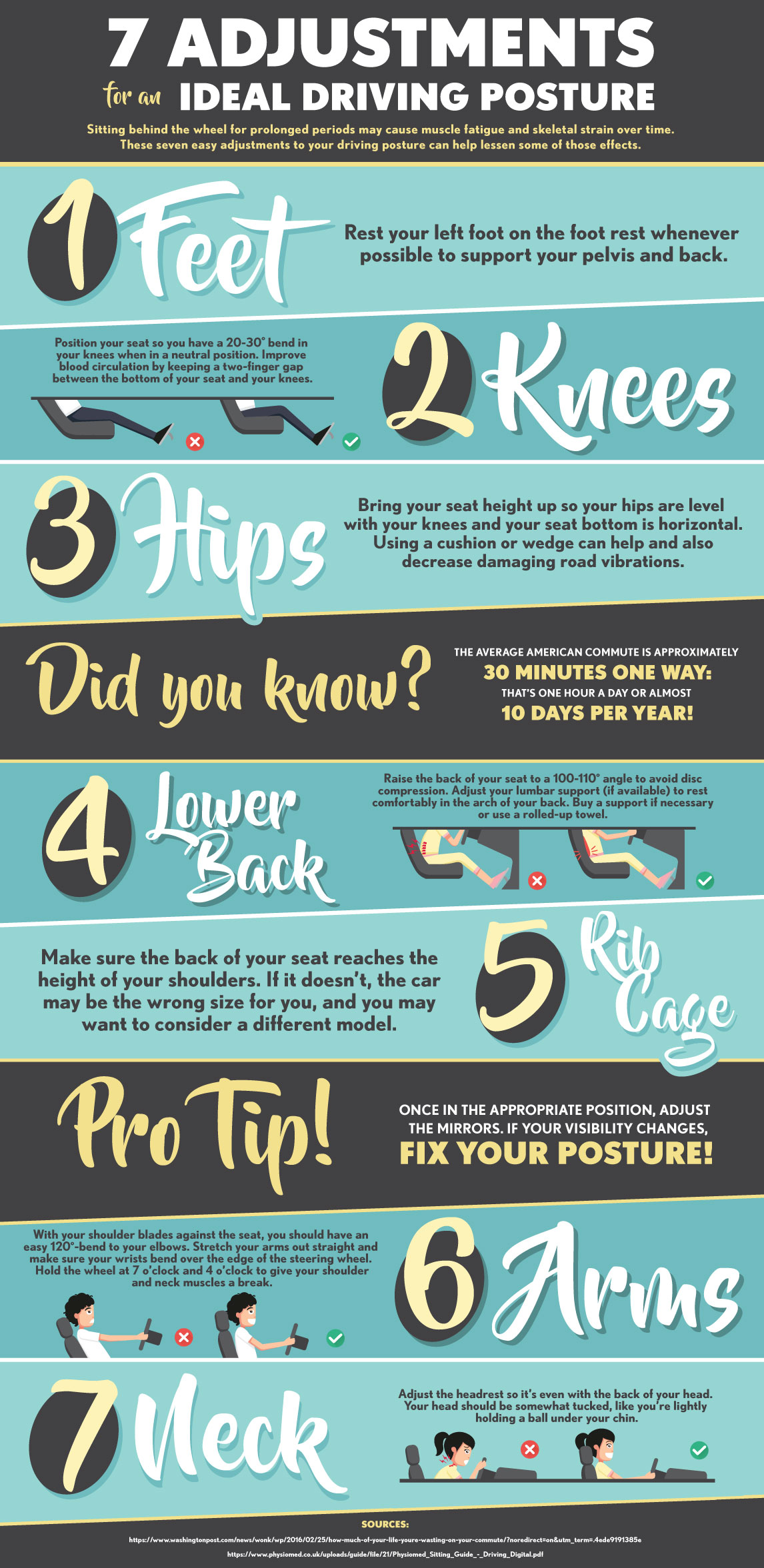The Role Of Position In Pain In The Back: Tips For Getting And Preserving Good Alignment Throughout Your Day
The Role Of Position In Pain In The Back: Tips For Getting And Preserving Good Alignment Throughout Your Day
Blog Article
Write-Up By-Williford Preston
Maintaining appropriate pose isn't just about staying up right; it's about straightening your body in such a way that sustains your spinal column and decreases the threat of pain in the back. The way you rest, stand, and move throughout the day can significantly affect your back health. Yet just how exactly can gonstead chiropractor guarantee great placement continually, even throughout busy days loaded with various tasks? Let's dive deeper into the subtle yet impactful changes you can make to your everyday regimen to keep your back delighted and healthy.
Significance of Proper Position
Appropriate pose is crucial in keeping a healthy and balanced back and preventing discomfort. When you rest or stand with good stance, your spinal column is in positioning, reducing stress on your muscles, ligaments, and joints. This positioning allows the body to disperse weight equally, stopping excessive tension on particular locations that can bring about pain and discomfort. By maintaining your back properly lined up, you can likewise improve your breathing and food digestion, as slouching can press body organs and limit their performance.
Moreover, preserving good posture can improve your overall look and self-confidence. When you stand tall with your shoulders back and head held high, you exhibit confidence and show up even more approachable. Great posture can also make you really feel more energized and sharp, as it promotes proper blood circulation and enables your muscular tissues to function effectively.
Incorporating proper pose into your day-to-day routine, whether resting at a workdesk, walking, or exercising, is important for avoiding back pain and advertising total well-being. Remember, a little adjustment in exactly how you hold on your own can make a considerable difference in how you feel and function throughout the day.
Common Postural Mistakes
When it involves preserving excellent stance, lots of people unknowingly make common mistakes that can add to neck and back pain and discomfort. Among one of the most widespread errors is slumping over or hunching over while sitting or standing. This position puts too much stress on the spinal column and can lead to muscle imbalances and discomfort in the long run.
Another common error is overarching the lower back, which can flatten the all-natural contour of the spinal column and create discomfort. Additionally, going across legs while sitting may really feel comfy, however it can develop an inequality in the hips and pelvis, bring about postural issues.
Utilizing a pillow that's too soft or also strong while resting can also affect your positioning and contribute to back pain. Last but not least, continuously craning your neck to consider displays or adjusting your setting frequently can stress the neck and shoulders. Bearing in mind these common postural mistakes can assist you keep better positioning and reduce the threat of back pain.
Tips for Correcting Alignment
To enhance your positioning and lower back pain, it's essential to focus on making small modifications throughout your daily routine. Start by being mindful of your pose. When resting, ensure your feet are level on the flooring, your back is straight, and your shoulders are loosened up. Prevent slouching or leaning to one side. Use ergonomic chairs or pillows to sustain your reduced back.
When standing, disperse your weight equally on both feet, keep your knees somewhat curved, and tuck in your hips. Engage your core muscles to support your spine. Take breaks to extend and walk around if you have a less active job. Integrate workouts that reinforce your core and back muscle mass, such as planks or bridges.
While sleeping, make why does my back hurt all the time of a pillow that supports the all-natural contour of your neck to maintain appropriate spinal alignment. Prevent sleeping on your tummy, as it can strain your neck and back. By being mindful of these ideas and making small modifications, you can progressively correct your placement and ease pain in the back.
Verdict
Keep in mind, preserving great posture is essential to stop neck and back pain and promoting back health. By being mindful of your placement, distributing weight evenly, and engaging your core muscular tissues, you can reduce strain on your back and reduce the threat of pain and injury. Incorporate ergonomic assistance, take regular breaks to stretch, and reinforce your core and back muscular tissues to preserve appropriate placement throughout the day. Your back will thank you for it!
